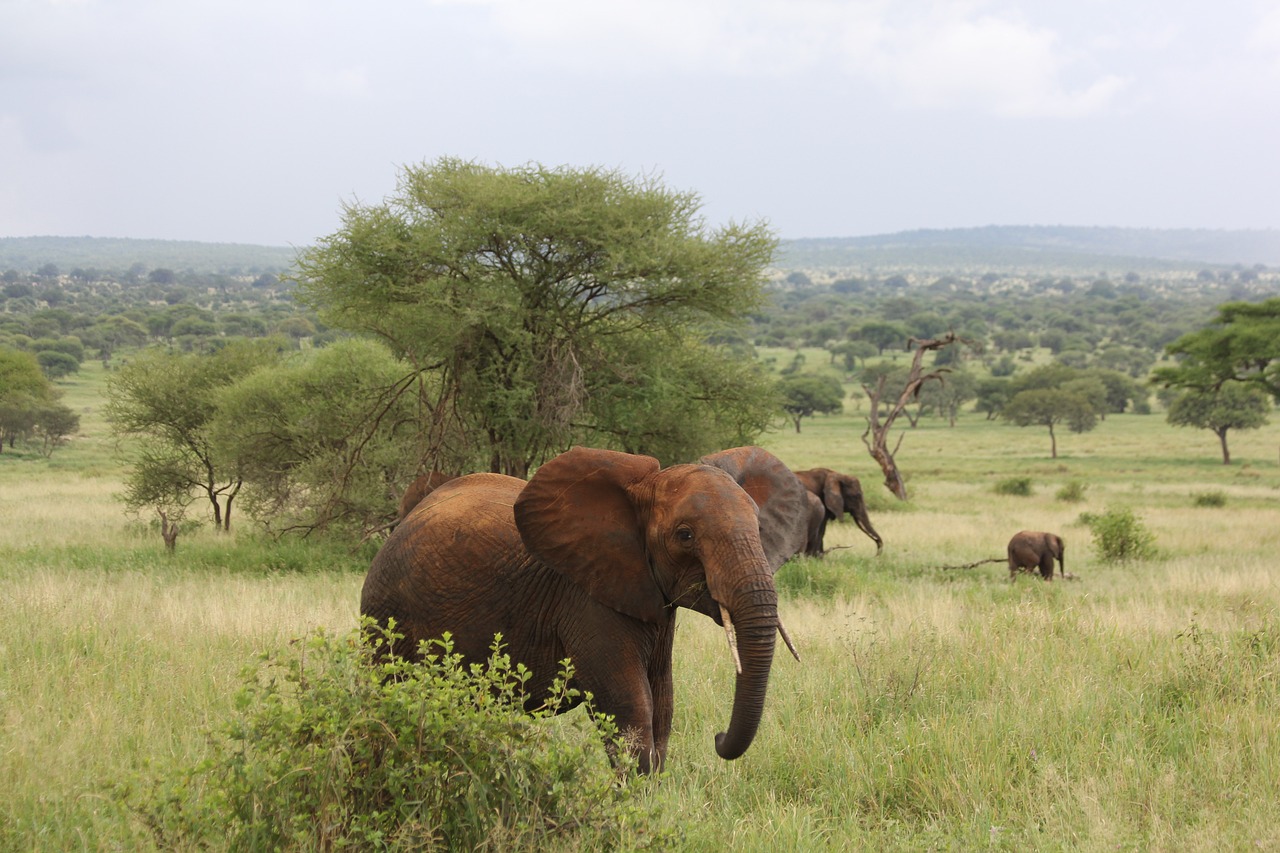Tarangire National Park
Overview
Tarangire National Park covers an undulating area of 2,600km2, between the plains of the Maasai Steppe to the south-east, and the lakes of the Great Rift Valley to the north and west. The northern part of Tarangire is dominated by the perennial Tarangire River, which flows through increasingly incised ravines until it leaves the north-western corner of the park to flow into Lake Burungi. In the south are a series of vast ‘swamps’ which dry into verdant plains during the dry season.
Most wildlife gathers in the central and northern areas of the park. The sight of thousands upon thousands of zebra en wildebeest is something you won’t easily forget. It provides a feeding frenzy for lions – the park’s most abundant residents, leopards and spotted hyenas, which eagerly await their next chance to hunt. In fact, all five of Africa’s greatest wild animals are present. Although the cheetah number varies with the occurrence of gazelles, you stand a high change of seeing it.
Flora & Fauna of Tarangire National Park
The park’s most obvious features are the permanent Tarangire River, which runs the length of it, and the vast ‘swamps’ – which are, in fact, dry for most of the year. Despite the fact that Tarangire is drier than the Serengeti, its vegetation is generally much more dense including densely packed elephant grass, large areas of mixed acacia woodlands and some lovely ribbons
Tarangire’s vegetation comprises of mostly dry, open woodlands, which include thorny acacia thickets and lots of its signature baobab trees. There are also some beautiful stands of acacia tortillis trees (the flat-topped acacias which are so reminiscent of the film Out of Africa) and the occasional palm tree. In the south of the park, amidst these rolling woodlands, is a network of huge, flat swamps. These are impassable during the rains, but dry to a uniform green during the rest of the year.
You can also do Game driving, guided walking safaris, balloon safaris and bird watching.


